Hawaiian Airlines Offers 'Miles' Members At Home COVID-19 Tests
Honolulu’s stunning Waikiki Beach. (Photo Courtsey of iStock)
As a measure to boost tourism while adhering to the strict COVID-19 guidelines set by the state’s government, Hawaiian Airlines has come up with a healthy travel incentive to keep visitors and residents safe well before take-off.
The airline is currently offering members of its loyalty rewards program, Hawaiian Miles, to trade in travel points in exchange to cover the costs of the at-home COVID-19 test kit that will come expedited by mail. Requested two weeks before departure by the member, they will conduct the self-administer saliva swab test at home with a Vault Health test supervisor to observe the test during a ZOOM video-conference call and submit it to a nearby laboratory for results. This must be done for every single person in the traveling party. No exceptions.
After mailing the sample back to the laboratory for the examination that takes 72 hours to complete, members will receive a notification within 24 hours once the results are known during another video conference call with a Vault Health representative. The member’s negative result must be uploaded to the state’s Safe Travels account and all paperwork from the test must be brought in case further confirmation is needed. As tedious as this sounds to get on a flight for a non-international destination, this is a better alternative than the standard measure of a mandatory 14-day-long quarantine in a designated hotel upon arrival. Some vacation.
Hawaii has long been a paradise for both stateside and travelers. It is blessed with endless horizons of clear blue waves that carry surfers and swimmers back to the amazing beaches lined with swaying palm trees and mountains in the distance. The tropical green jungles covering the in-lands and outskirts of the 50th State contrast the urbanized settings of Honolulu, Maui and other tourist-centric destinations spread across all of Hawaii's beautiful islands. The escape was averaging over 10 million visitors annually prior to the sudden halt in travel due to the COVID-19 pandemic. That number dropped considerably as tourism, the $18 billion industry that fuels its economy, was at a standstill for most of this year during its best weather seasons of spring and early fall.
Hawaii’s adaptation to the changing methods of tourism is indicative of the new norm for many tourism-supported countries thinking of new ways to revitalize their sluggish economies. Travelers are more likely to see offers where miles are traded in to keep guests on a safe fast track to the locations they want to visit. The science of travel used to be discussed in the possibilities of faster airplanes or more digital services in-cabin during long flights. Now, in this age of constant technological advancement, the main topics of conversation are saliva, face masks, latex gloves and hand sanitizer.









